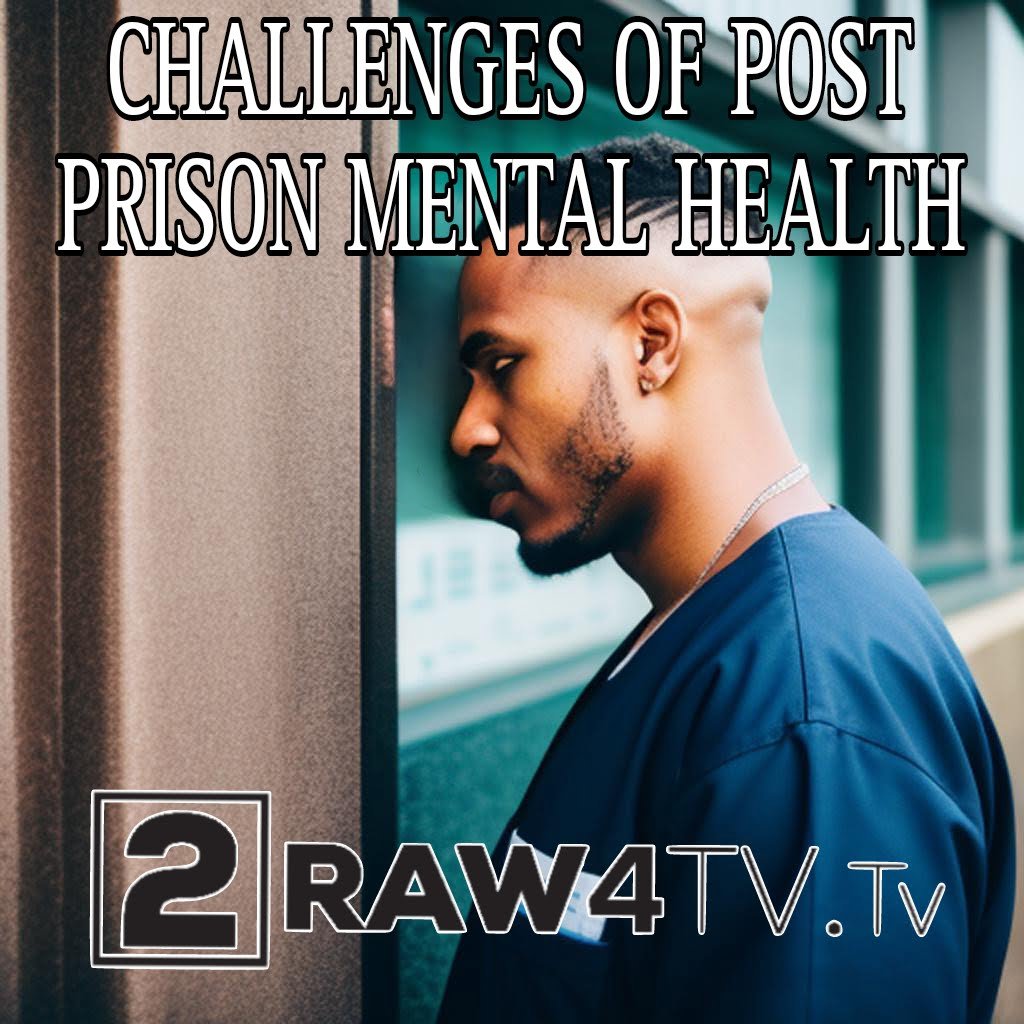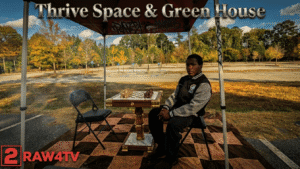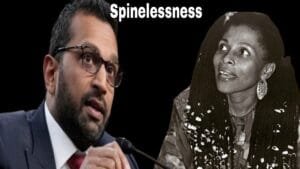
Challenges of post-prison mental health
Reviews
95 %
User Score
1 ratingsRate This
Sharing
Tags
18 Related Posts
Related Posts
Is There More Life in the Universe? Alien Contact Confirmed
2
reactions
55
views
Thrive Space & Green House A Student Led Movement for Reflection and Growth
3
reactions
77
views
160 CHILDREN RESCUED FROM SADISTIC JEWISH CULT AND HOW THEY ALMOST WEREN’T CAUGHT
3
reactions
75
views
EXPOSING THE STAKE SCAM, DRAKE’S FAKE ADDICTION, AND ADIN ROSS’S PONZI SCHEME
1
reaction
116
views











